
Why Do Cats Sneeze?
Introduction
Sneezing is a reflex action that helps clear the nasal passages from irritants or foreign substances. While humans sneeze frequently, have you ever wondered why cats sneeze? Cats can also experience sneezing episodes for various reasons. In this article, we will explore the common causes of sneezing in cats and when it may be necessary to seek veterinary care.
The Mechanism of Sneezing

Sneezing is a protective reflex designed to expel irritants from the nasal passages. It involves a rapid and forceful expulsion of air through the nose and mouth. When cats sneeze, it helps to clear their airways and remove any potential irritants.
Common Causes of Sneezing in Cats
- Respiratory Infections: Upper respiratory infections, such as feline herpesvirus or calicivirus, are common causes of sneezing in cats. These infections can cause inflammation of the nasal passages and result in frequent sneezing.
- Allergies: Cats, like humans, can be allergic to substances such as pollen, dust mites, or certain foods. Allergies can trigger sneezing as the body attempts to remove the allergens from the respiratory system.
- Foreign Objects: Cats are curious creatures and may sometimes sniff or play with objects that can become lodged in their nasal passages. The presence of a foreign object can lead to persistent sneezing as the cat tries to dislodge it.
- Irritants: Exposure to strong odors, smoke, cleaning products, or other irritants can cause cats to sneeze. These irritants can irritate the delicate lining of their nasal passages and trigger sneezing.
- Dental Issues: Dental problems, such as infected or abscessed teeth, can cause sneezing in cats. The proximity of the oral cavity to the nasal passages can spread bacteria, resulting in sneezing episodes.

Other Symptoms Associated with Sneezing
In addition to sneezing, cats may exhibit other symptoms that can explain the underlying cause. These symptoms may include:
- Runny nose
- Nasal discharge
- Coughing
- Watery eyes
- Decreased appetite
- Lethargy
When to Seek Veterinary Care
Most cases of sneezing in cats resolve on their own within a few days. However, it is crucial to monitor your cat closely and seek veterinary care under the following circumstances:
- Persistent or severe sneezing that lasts for an extended period
- Nasal discharge that is thick, colored, or foul-smelling
- Difficulty breathing
- Loss of appetite or weight loss
- Lethargy or other signs of illness
A veterinarian can thoroughly examine, diagnose the underlying cause, and recommend appropriate treatment.

Preventive Measures
While some causes of sneezing are unavoidable, you can take specific preventive measures to minimize the risk for your cat:
- Keep your cat’s environment clean and free from dust, allergens, and strong odors.
- Avoid exposing your cat to smoke or harmful chemicals.
- Regularly clean your cat’s litter box to reduce the buildup of irritants.
- Provide a balanced and nutritious diet to support your cat’s overall health and immune system.
Conclusion
Sneezing in cats is common and can have various causes, including respiratory infections, allergies, foreign objects, irritants, and dental issues. Most cases of sneezing are temporary and resolve on their own. However, persistent or severe sneezing accompanied by other concerning symptoms warrants veterinary attention. By understanding the causes and being proactive in preventive measures, you can help ensure the well-being of your feline companion.
FAQs
- Q: Can cats catch colds from humans?
A: Cats can be affected by certain respiratory infections, but the viruses that cause them are different from those that affect humans. Feline-specific viruses are responsible for most respiratory infections in cats. - Q: Can cats be allergic to certain foods?
A: Yes, cats can develop allergies to certain foods. Common food allergens for cats include fish, beef, dairy products, and grains. - Q: How can I prevent foreign objects from entering my cat’s nose?
A: Keep small objects and potential hazards out of your cat’s reach. Monitor their playtime and provide appropriate toys to reduce the risk of foreign objects being sniffed or ingested. - Q: Are there any home remedies for cat sneezing?
A: While minor sneezing episodes may not require specific treatment, it’s best to consult a veterinarian for an accurate diagnosis and appropriate treatment. - Q: Can dental issues cause sneezing in cats?
A: Yes, infected or abscessed teeth can spread bacteria to the nasal passages, resulting in sneezing. Regular dental care is essential for maintaining your cat’s overall health.
















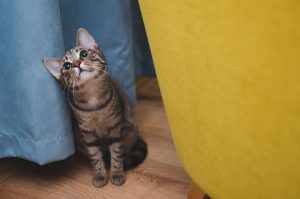


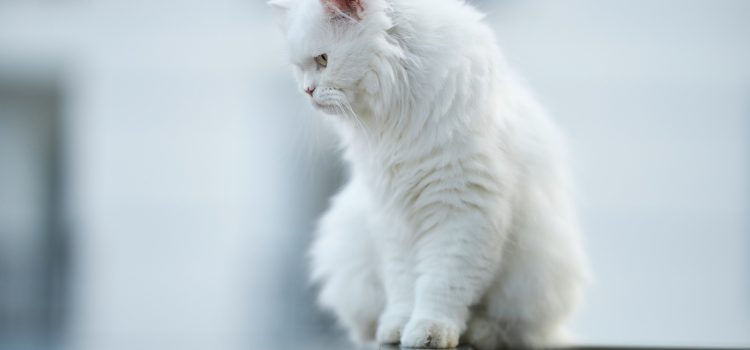
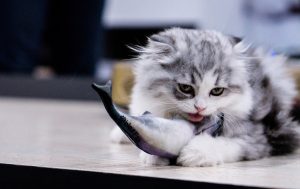
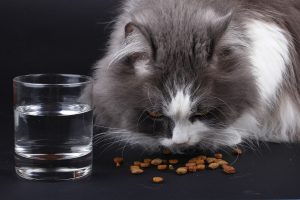

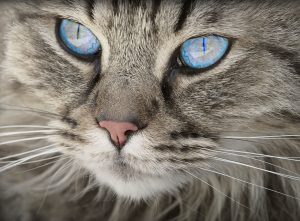
Comments
Dog Coughing and Gagging: Causes , Symptoms and Treatment Options
Scottish Fold Cat: A Breed’s Most Famous Gene is the Reason They’re Resilient to Fatal Diseases
Facts about Dogs and Which of Them Are True
Butter Corn Snake : Ultimate Care,Feeding PRO TIPS